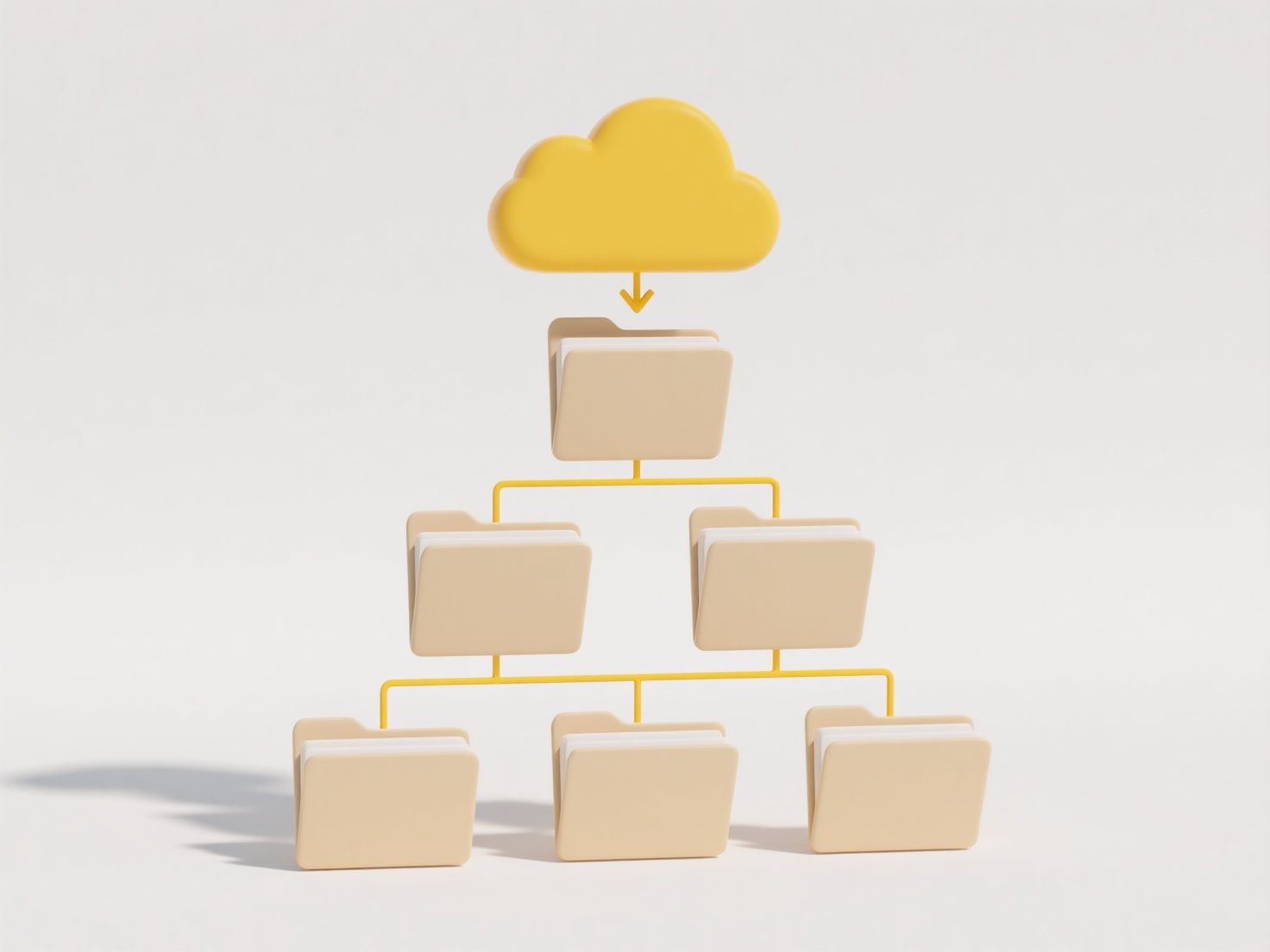
Preventing users from renaming shared files means implementing access controls that specifically deny modification rights to the file name. It differs from simply sharing a file read-only, as you are granting users the ability to open and view the content, but explicitly blocking actions that alter the file's core properties, such as its name. This restriction ensures the file remains consistently identifiable within the shared location.
This is managed through permission settings on the platform hosting the shared files. For instance, cloud storage services like Google Drive, Microsoft OneDrive, or Dropbox allow owners to adjust sharing permissions to "Viewer" or "Read-only," preventing collaborators from renaming files. Similarly, system administrators on network file servers (e.g., Windows Server with NTFS permissions or Linux systems with ACLs) can configure user or group permissions to grant "Read" access without granting "Modify" or "Full Control" rights.

The primary advantage is maintaining file organization and preventing confusion when a critical document's name changes unexpectedly. This is vital in professional settings for workflow consistency and data governance. However, a limitation is that users who genuinely need to organize files locally must make copies, potentially leading to version confusion. As technology evolves, platforms offer more nuanced permission sets to balance control with collaborative needs.
How do I prevent users from renaming shared files?
Preventing users from renaming shared files means implementing access controls that specifically deny modification rights to the file name. It differs from simply sharing a file read-only, as you are granting users the ability to open and view the content, but explicitly blocking actions that alter the file's core properties, such as its name. This restriction ensures the file remains consistently identifiable within the shared location.
This is managed through permission settings on the platform hosting the shared files. For instance, cloud storage services like Google Drive, Microsoft OneDrive, or Dropbox allow owners to adjust sharing permissions to "Viewer" or "Read-only," preventing collaborators from renaming files. Similarly, system administrators on network file servers (e.g., Windows Server with NTFS permissions or Linux systems with ACLs) can configure user or group permissions to grant "Read" access without granting "Modify" or "Full Control" rights.

The primary advantage is maintaining file organization and preventing confusion when a critical document's name changes unexpectedly. This is vital in professional settings for workflow consistency and data governance. However, a limitation is that users who genuinely need to organize files locally must make copies, potentially leading to version confusion. As technology evolves, platforms offer more nuanced permission sets to balance control with collaborative needs.
Quick Article Links
How do I manage brand assets?
Brand asset management is the centralized process of organizing, storing, sharing, and controlling elements like logos, ...
Can I fix encoding issues in file names?
File name encoding issues occur when characters in a name aren't correctly interpreted or displayed across different sys...
Why does macOS show “You don’t have permission to save”?
The message "You don't have permission to save" indicates macOS is blocking your action due to file system permissions. ...